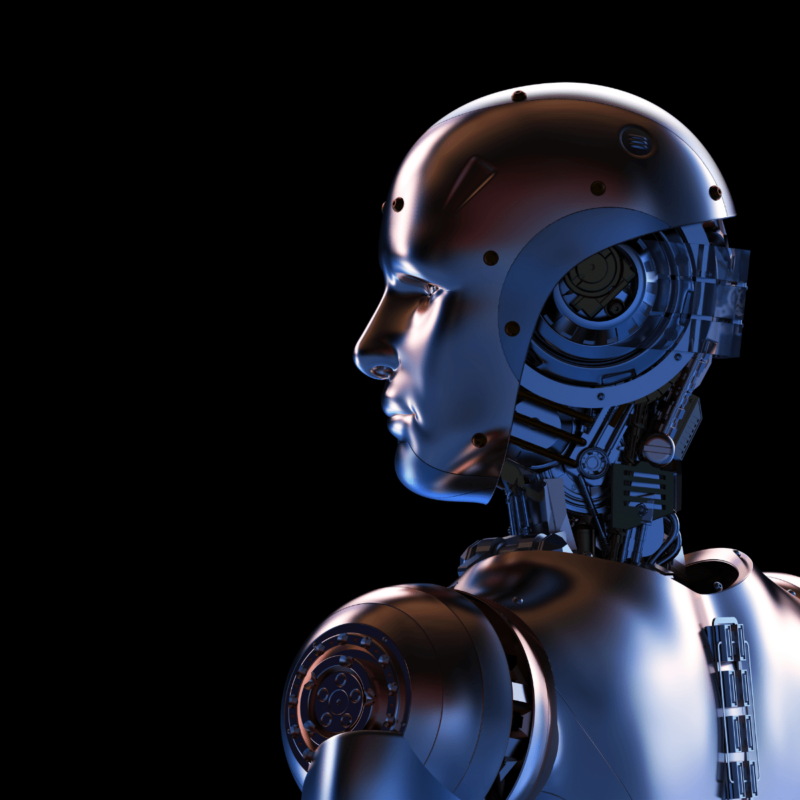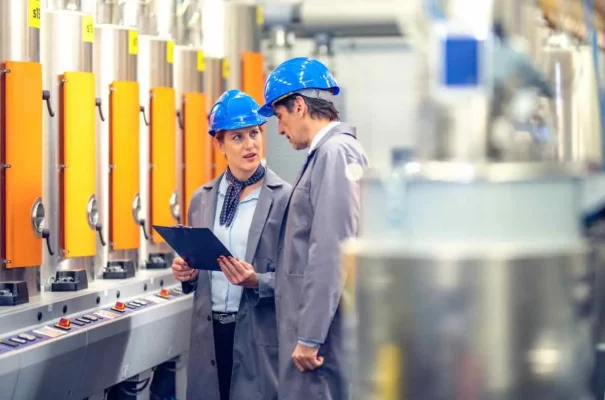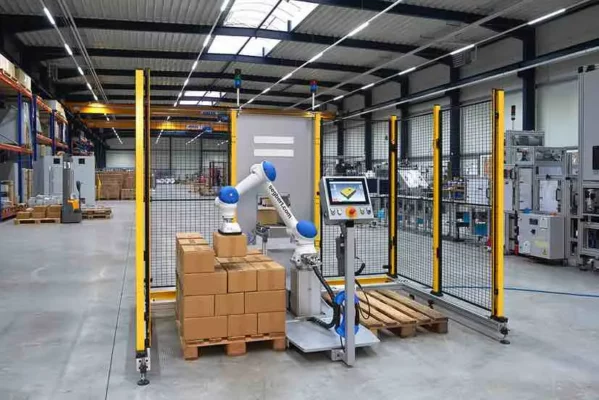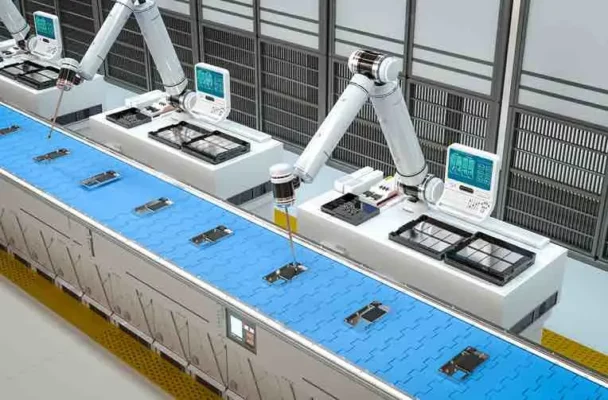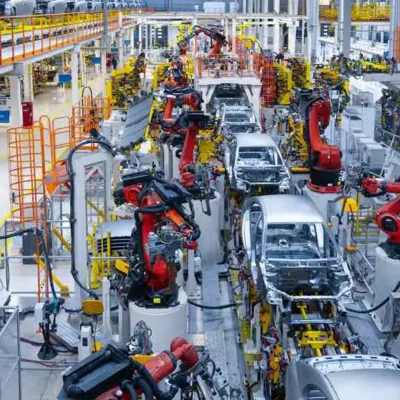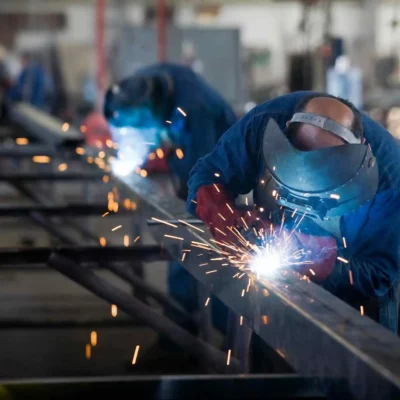Humanoid robots are now a reality and are making a big impact. They look and move like humans, so they’re perfect for tasks that need human-like interaction. In this article, you’ll discover the many uses of humanoid robots today. From manufacturing to healthcare and even in your home, these robots are changing the way you work and live.
Whether you’re curious about the latest tech or thinking about investing in robotics, this guide is for you. It will give you a clear understanding of how humanoid robots can help you.
Let’s get started!
What are Humanoid Robots?
Humanoid robots look and move like humans. They have a head, torso, arms, and legs, just like you.
Purpose:
You can use these robots in many industries. They perform tasks that are dangerous, repetitive, or need precision. They’re also great at interacting with people, making them useful in customer service and healthcare.
Technology:
Humanoid robots use advanced technology to move and interact. They have sensors, cameras, and artificial intelligence to understand their surroundings and perform tasks.
Benefits:
Using humanoid robots can improve efficiency and safety in your workplace. They can take over tasks that are too risky or boring for you. In healthcare, they provide support and care, making your job easier and more effective.
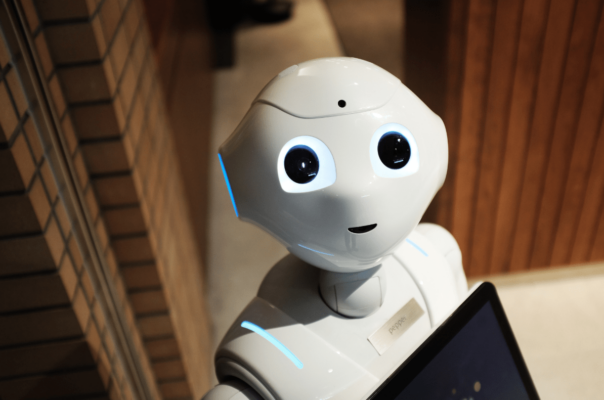
8 Humanoid Robot Use-Cases:
1. Manufacturing & Industrial Automation:
Precision and Efficiency:
Humanoid robots are great at doing repetitive tasks accurately. They don’t get tired or make mistakes. Use them for tasks like assembling parts, welding, and packaging. This boosts your production speed and cuts down on errors.
Safety:
Safety is a big concern in manufacturing. Humanoid robots can handle dangerous tasks, keeping you and your team safe. They can work in hazardous environments, such as handling toxic chemicals or operating heavy machinery. This reduces the risk of workplace injuries.
Flexibility:
Humanoid robots are highly adaptable. You can program them to perform a variety of tasks. If your production needs change, you can easily reprogram the robots to take on new tasks. This flexibility helps you stay competitive in a fast-changing market.
Cost Savings:
While the initial investment in humanoid robots can be high, they save you money in the long run. They work faster and more accurately than humans, reducing waste and increasing efficiency. Plus, they can work 24/7 without needing breaks, increasing your overall productivity.
Collaboration:
Humanoid robots can work alongside human workers. They can assist with heavy lifting, provide tools, or perform quality checks. This collaboration between robots and humans can enhance your overall productivity and create a safer, more efficient workplace.
2. Healthcare & Medical Applications:
Assisting in Surgeries and Medical Procedures:
Robots can aid in physical therapy and rehabilitation. They help patients perform exercises correctly and consistently. This speeds up recovery and ensures patients follow their therapy plans. You can rely on them for repetitive tasks, freeing you up to focus on personalized care.
Serving as Companions and Caregivers:
Humanoid robots make great companions and caregivers for the elderly and disabled. They can remind patients to take their medication, assist with daily tasks, and provide social interaction. This support can improve the quality of life for your patients and reduce the workload for caregivers.
Enhancing Patient Monitoring:
These robots can monitor patients’ vital signs and alert you to any changes. This constant monitoring helps you respond quickly to any issues, improving patient safety. You can ensure that patients receive timely and appropriate care.
Improving Hospital Efficiency:
Robots can perform routine tasks like delivering supplies, cleaning, and transporting patients. This allows you to focus more on patient care rather than mundane tasks. It improves the overall efficiency of your hospital or clinic.
3. Customer Service & Hospitality:
Greeting and Assisting Customers:
Humanoid robots can greet and assist customers in hotels and restaurants. They can check guests in, show them to their rooms, and even take orders. This creates a unique and efficient experience for your guests. Robots can handle these tasks quickly and accurately, leaving your staff free to focus on personalized service.
Providing Information and Directions:
In public spaces like malls, airports, and museums, humanoid robots can provide information and directions. They can answer common questions, give directions, and provide details about services and facilities. This helps your visitors find what they need quickly, improving their overall experience.
Enhancing Customer Experience:
Humanoid robots can enhance customer experience with interactive services. They can engage customers with games, answer queries, and provide personalized recommendations. This interaction makes your customers feel valued and entertained, leading to higher satisfaction.
Streamlining Operations:
Robots can handle routine tasks like cleaning, restocking, and managing bookings. This streamlines your operations and reduces the workload on your staff. You can focus more on providing excellent customer service.
Increasing Efficiency:
With robots handling repetitive and time-consuming tasks, your business can operate more efficiently. This means faster service, fewer errors, and happier customers. You can deliver a consistent and high-quality experience every time.
4. Education & Research:
Teaching Aids in Classrooms:
Humanoid robots can be valuable teaching aids in classrooms. They can help explain complex concepts, answer questions, and engage students with interactive lessons. You can use them to make learning more dynamic and fun, keeping your students interested and involved.
Supporting Special Education:
Robots can provide personalized support for students with special needs. They can adapt lessons to individual learning styles, offer consistent repetition, and create a non-judgmental learning environment. This ensures every student gets the attention they need.
Conducting Research in Robotics and AI:
Humanoid robots are essential for advancing research in robotics and AI. You can use them to test new algorithms, develop AI systems, and conduct experiments. This helps you stay at the forefront of technology and innovation in your field.
Facilitating Hands-On Learning:
Robots enable hands-on learning experiences, especially in STEM education. Students can program and interact with robots, gaining practical skills and understanding of robotics and coding. This hands-on approach helps solidify theoretical knowledge and fosters creativity.
Enhancing Collaborative Learning:
Robots can assist in group projects and collaborative learning. They can help manage tasks, provide real-time feedback, and facilitate communication among team members. This promotes teamwork and improves project outcomes.
Engaging Educational Tools:
Humanoid robots can provide engaging and interactive educational tools. They can simulate real-world scenarios, offer virtual labs, and provide immersive learning experiences. This makes learning more relevant and exciting for your students.
5. Space Exploration:
Assisting Astronauts in Space Missions:
Humanoid robots can assist astronauts with various tasks during space missions. They can handle routine maintenance, monitor systems, and even perform repairs. This allows astronauts to focus on more complex tasks, improving mission efficiency.
Conducting Experiments and Repairs:
In space, conducting experiments and repairs can be challenging. Humanoid robots can help by performing precise and delicate operations. They can handle tools, collect samples, and carry out experiments with accuracy. This ensures that essential tasks are completed safely and effectively.
Enhancing Space Agency Capabilities:
Space agencies like NASA benefit greatly from humanoid robots. These robots can take on dangerous tasks, reducing risks for astronauts. They can also work in harsh environments, such as on the surface of Mars or in the vacuum of space. This extends the reach and capabilities of space missions.
Supporting Long-Duration Missions:
For long-duration missions, humanoid robots provide essential support. They can help with daily tasks, monitor astronauts’ health, and maintain equipment. This support is vital for the success of missions that last months or even years.
Improving Efficiency:
Humanoid robots can work continuously without needing rest. This increases the efficiency of space missions, allowing more tasks to be completed in less time. They also reduce the physical strain on astronauts, helping them stay focused and effective.
6. Entertainment & Media:
Acting and Performing:
Humanoid robots can act and perform in movies, TV shows, and live performances. They can play characters, deliver lines, and execute complex choreography. This adds a unique and futuristic element to your productions, captivating your audience.
Engaging Audiences in Theme Parks:
In theme parks and exhibitions, humanoid robots can interact with visitors. They can greet guests, provide information, and even perform shows. This creates memorable experiences for your visitors, making your attractions more appealing.
Interactive Entertainment:
Robots can provide interactive entertainment in various media formats. They can host game shows, engage in virtual reality experiences, and offer personalized interactions. This makes your media content more engaging and dynamic.
Enhancing Storytelling:
Humanoid robots can be used to enhance storytelling. They can narrate stories, perform skits, and interact with the audience in real-time. This adds a new dimension to your storytelling, making it more immersive and enjoyable.
Educational Entertainment:
In educational settings, robots can make learning fun. They can perform educational skits, demonstrate scientific principles, and engage students in interactive activities. This makes education entertaining and effective.
Increasing Accessibility:
Robots can also make entertainment more accessible. They can provide sign language interpretation, assist visitors with disabilities, and offer multilingual support. This ensures that everyone can enjoy your entertainment offerings.
7. Home Assistance & Personal Use:
Performing Household Chores:
Humanoid robots can take over many household chores. They can clean, cook, do laundry, and even take out the trash. This saves you time and effort, allowing you to focus on more important tasks.
Providing Companionship:
Robots can provide companionship and interaction for your family. They can chat, play games, and even help with homework. This can be especially beneficial for elderly family members or those living alone, offering company and reducing feelings of loneliness.
Enhancing Smart Home Systems:
Humanoid robots can enhance your smart home systems. They can control lights, thermostats, and security systems. With voice commands or through a connected app, you can manage your home more efficiently and conveniently.
Assisting with Personal Care:
Robots can assist with personal care tasks. They can remind you to take your medication, monitor your health, and even help with mobility. This support is especially helpful for people with disabilities or chronic illnesses.
Improving Home Security:
Humanoid robots can patrol your home and monitor for security threats. They can alert you to any unusual activity and even contact emergency services if needed. This adds an extra layer of security to your home.
Entertainment and Education:
Robots can also entertain and educate. They can play music, read stories, and provide interactive learning experiences for children. This makes them a versatile addition to your household.
8. Disaster Response & Emergency Services:
Assisting in Search and Rescue Missions:
Humanoid robots can help in search and rescue missions. They can navigate through rubble, locate survivors, and deliver essential supplies. This speeds up rescue efforts and increases the chances of saving lives. You can rely on robots to access areas that are too dangerous for humans.
Performing Hazardous Tasks:
In disaster zones, robots can perform hazardous tasks. They can handle toxic materials, dismantle unstable structures, and operate in extreme conditions. This reduces the risk to human responders, keeping them safe while ensuring critical tasks are completed.
Enhancing Efficiency:
Humanoid robots can enhance the efficiency of emergency response teams. They can perform routine tasks like monitoring vital signs, providing first aid, and transporting injured individuals. This allows human responders to focus on more complex and urgent tasks, improving overall efficiency.
Improving Communication:
Robots can also improve communication during disasters. They can relay information between teams, provide real-time updates, and help coordinate efforts. This ensures that everyone is on the same page and can respond more effectively.
Increasing Safety:
By taking on dangerous and strenuous tasks, robots increase the safety of emergency response teams. They can work in environments with high radiation, extreme temperatures, or toxic gases, reducing the exposure of human responders to these hazards.
Supporting Long-Term Recovery:
Humanoid robots can support long-term recovery efforts. They can help rebuild infrastructure, clear debris, and provide ongoing support to affected communities. This speeds up the recovery process and helps communities get back on their feet faster.
Conclusion:
Humanoid robots are changing your work and daily life. They boost your efficiency in manufacturing and help you in healthcare. They improve your customer service and support education. In space exploration, entertainment, home assistance, and disaster response, they offer you practical solutions and enhance your safety. By using humanoid robots, you can streamline your operations, reduce your risks, and provide better services. These robots are not just futuristic ideas; they are tools that can benefit you now. Embracing this technology can improve your work and daily life. Stay informed and see how humanoid robots can help you achieve your goals.
Join our Qviro Robotics Community to connect with experts and stay updated on the latest in humanoid robots!
Are You Looking to Find Out More About Humanoid Robots?
Are You Looking for a System Integrator?
Visit Qviro
